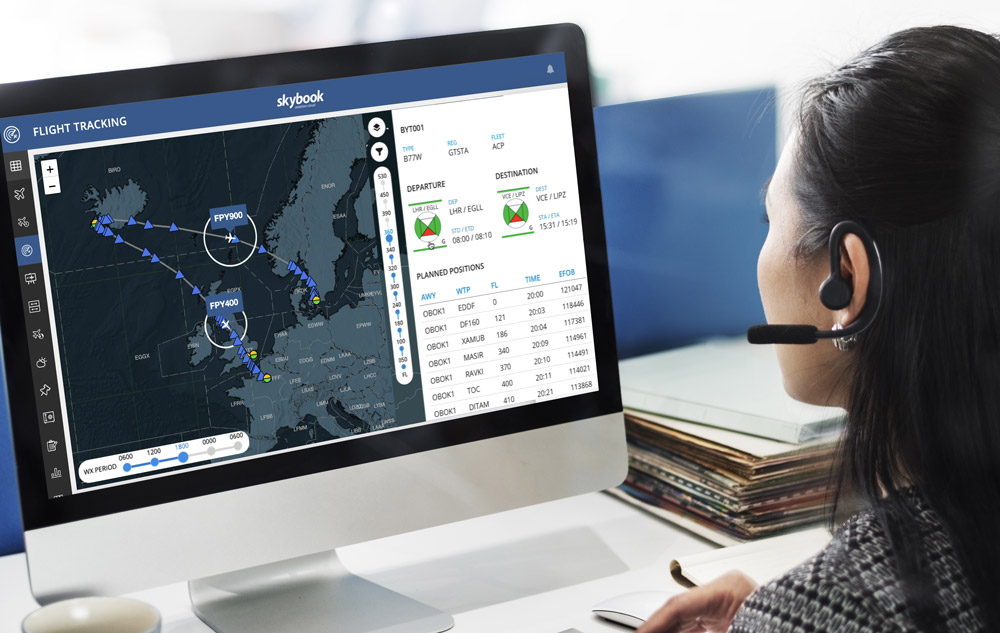In the digital age of aviation, flight tracking has revolutionized the way we monitor and visualize air traffic in real time. From tracking loved ones’ flights to observing global air traffic patterns, flight tracking has become an indispensable tool for enthusiasts and travelers alike. This article explores the intricacies of flight tracking, its underlying technology, popular applications, and its significance in various scenarios.
The Essence of Flight Tracking
Flight tracking enables enthusiasts and travelers to monitor the movement and status of aircraft worldwide in real time. Utilizing advanced technology and data transmission systems, flight trackers provide users with comprehensive information about flight paths, altitudes, speeds, and other relevant parameters. Beyond its practical utility, flight tracking serves as a source of fascination for aviation enthusiasts, who revel in observing the dynamic nature of air traffic.
Evolution of Flight Tracking
The advent of flight tracking software coincided with the proliferation of internet access and mobile devices, enabling widespread accessibility and adoption. Platforms such as Flightradar24 and FlightAware emerged as leading providers, offering users a wealth of features and data to satisfy their curiosity about air traffic. The eruption of the Eyjafjallajökull volcano in 2010 further catalyzed interest in flight tracking, as travelers sought real-time information to navigate disruptions caused by the ash cloud.
Functionality of Flight Trackers
Flight trackers utilize two primary methods to gather flight data: multilateration (MLAT) and automatic dependent surveillance broadcast (ADS-B). MLAT relies on GPS data and triangulation to determine aircraft positions, while ADS-B utilizes onboard transponders to broadcast flight information to ground receivers. These methods enable flight trackers to provide users with accurate and up-to-date information about aircraft positions, routes, and other relevant details.
Popular Flight Tracking Providers
Flightradar24 and FlightAware stand out as prominent providers in the realm of flight tracking, offering users comprehensive coverage and advanced features. Flightradar24, launched in 2006, boasts a vast user base and sophisticated reception technology, including augmented reality features for enhanced visualization. FlightAware, established in 2005, excels in providing extensive flight data and real-time alerts for delays and disruptions, catering to both enthusiasts and travelers.
Free vs. Paid Flight Tracking
While many flight tracking services offer free access to basic features, some providers offer premium subscriptions with additional functionalities. Users can track flights, receive alerts, and access historical data without charge on platforms like FlightAware and Flightradar24. However, premium subscriptions may offer enhanced features such as ad-free browsing, advanced analytics, and historical flight data for avid aviation enthusiasts and professionals.
Conclusion
Flight tracking has transformed the way we perceive and interact with air travel, offering unprecedented visibility into global air traffic patterns and individual flight movements. Whether for practical purposes or sheer fascination, flight tracking provides users with valuable insights and real-time information, enhancing the overall aviation experience for enthusiasts and travelers alike.

